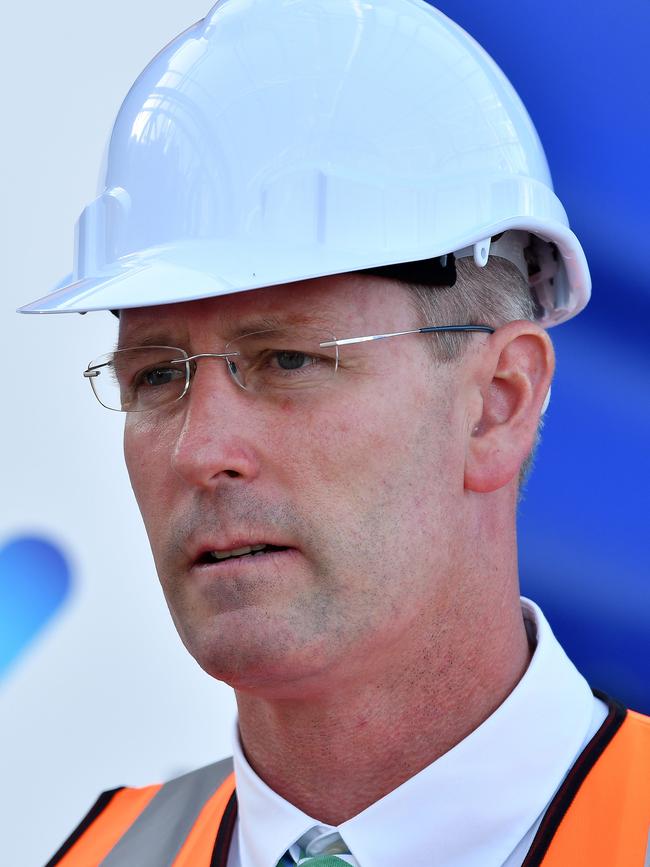Back-up generators earn $2m and keep lights on in SA
Firing up the emergency generators earned SA almost $2m during January’s heatwave, keeping energy flowing as Adelaide hit a record temperature. Victoria was not so lucky.

SA News
Don't miss out on the headlines from SA News. Followed categories will be added to My News.
Firing up the emergency generators earned the State Government $1.86 million during January’s heatwave.
The move was the first time the generators supplied the grid and kept energy flowing in SA as Adelaide hit a record temperature of 46.6C.
But the next day, when interconnectors were pumping more energy from South Australia into Victoria than their rated maximum, Victoria had to make rolling blackouts to households.
The events highlight the risk of the electricity grid failing to cope with the increasing frequency and severity of extreme weather events, the Australian Energy Market Operator said yesterday.

More interconnection and better use of household solar supplying to the grid are among initiatives it will pursue to improve supply. Energy Minister Dan van Holst Pellekaan said the report emphasised the need for the proposed SA-NSW interconnector.
“The report highlights the Marshall Government’s decisive action enabled SA to avoid load-shedding while consumers in Victoria were subject to forced rolling stoppages,” he said.
“The report confirms the need for better interconnection to protect against extremely hot conditions in SA and Victoria. If we had the SA-NSW interconnector in January this year, we could have moved more spare power from Queensland and NSW into SA and Victoria.”
The Government is assessing bids for a private operator to lease the generators from the Government for 25 years.
A condition on the lease will be that they must be available for the 2019-20 summer.
The generators cost taxpayers $342 million when the former government leased and then bought them.
A report by Mark Livesy QC estimated relocating, maintaining and operating them for 25 years would add another $267.5 million to the bill — a total cost of $609.5 million.
Reporting on the heatwave events of January 24 and 25, AEMO said it was working with the Energy Security Board and Australian Energy Market Commission on reforms to cope better with severe weather.
They have “several initiatives and programs of work underway which recognise the increasing frequency and severity of extreme weather events and seek to address the risk of supply not being able to meet maximum demand levels during those events”.
AEMO said on those days it had activated all of the Reliability and Emergency Reserve Trader contracts it could but Victoria still fell short, leading to potlines at Alcoa’s Portland aluminium smelter being turned off on January 24 and rolling blackouts the next day.


